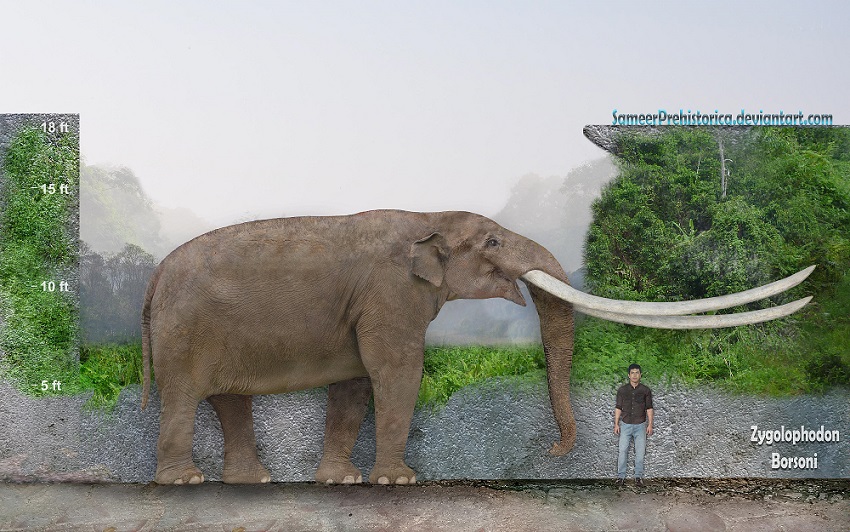Scientists are studying ways and reasons they will create a giant de-extinction project that will bring back the Wooly Mammoth. It is important to preface that many people have mixed opinions about “playing with nature's course” Will the Wooly Mammoth experiment succeed and if it does will it be allowed into nature is another topic in question at the moment. As mentioned in the Colossal Laboratories & Biosciences article there are 5 core goals.
Increase resilience of habitats to climate change and environmental upheaval.
Develop new tools and techniques that will contribute to the global effort to save modern elephants from extinction.
Understand the genetic basis traits of cold adaptation in animals.
Drive advancements in multiplex genome editing.
Demonstrate that it is possible to bring back an extinct megafauna species.
Scientists will carry out this process by comparing the DNA of current day elephants and well preserved Wooly Mammoth DNA. They will have to also take into consideration the specific genes that give the Wooly Mammoth the ability to perfectly adapt to cold temperatures. They must then create a cell line and test it multiple times in order to make sure the cells can reproduce properly. Once that is done they then must perform a nuclear transfusion and fertilization. The embryo will then be inserted into a surrogate which is currently the Asian elephant.


